I always enjoy the annual International Education Week events and presentations, especially the panel of students talking about how study abroad has made an impact on their lives. It’s very gratifying to hear from IUP students–many from tiny little towns here in Pennsylvania–who have had entire new worlds opened up to them due to study abroad opportunities.
But this year, we will be hosting something REALLY special and different.
On Friday, October 14, at 11:00 a.m. at the Kovalchick Convention and Athletic Complex’s Toretti Auditorium, 102 people from forty different countries will officially begin their lives as American citizens.
Last month, Michele Petrucci, director of IUP’s Office of International Education, was contacted by the Pittsburgh field office of the U.S. Citizenship and Immigration Services.
“Would IUP be interested in hosting a naturalization ceremony?” they asked. “We are thinking about Friday, October 14,” (which just happened to be the final day of International Education Week. So perfect).
Dr. Petrucci checked with university leadership, and the answer was an enthusiastic “yes!”
In fact, David Werner, IUP’s interim president, agreed to welcome the candidates and offer remarks during the ceremony.
This particular ceremony will also have a very special meaning to one of our own. Pooja Rishi, originally from Madras, India, and a faculty member in the IUP Department of Political Science, will be naturalized Friday. She also will take part in the ceremony as a candidate speaker.
“It’s a sense of permanency,” she said of her upcoming citizenship. She and her husband are the parents of a young son, and she said that she also wanted to be a citizen for family reasons. “I’m here, in this community, raising my child. I have a stake in this community, and being a citizen is important to me.”
Becoming a citizen is not as easy as it seems. You cannot become a citizen simply by marrying an American citizen (I had that one wrong), and it takes years to complete the process. For Dr. Rishi, it took four years from the beginning of the process until the ceremony tomorrow, and she considers herself “very, very lucky” to have completed the process that quickly.
I’ve not been to a naturalization ceremony before–only seen them on television shows and in movies. I know how proud I am of my citizenship, which I way too often take for granted, so I can only imagine what it means to internationals who have worked hard to complete paperwork and pass the citizenship exams. (I understand that a lot of “born here in America” Americans would have some trouble passing that exam!)
The ceremony is open to the public and to media. If you have the time, come join us in welcoming some of American’s newest citizens. What a great end to IUP’s International Education Week.

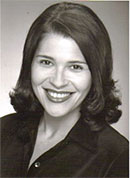 Okay, kind of an esoteric title. But a lot of times, the actual content of these academic papers is really intriguing and thought-provoking. When I read more on the
Okay, kind of an esoteric title. But a lot of times, the actual content of these academic papers is really intriguing and thought-provoking. When I read more on the 
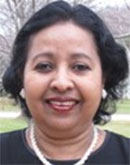 That’s why I felt that the results of a study by Parveen Ali, an assistant professor in
That’s why I felt that the results of a study by Parveen Ali, an assistant professor in 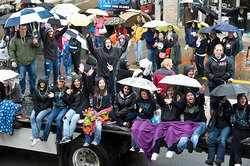
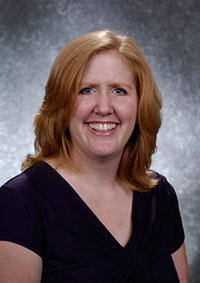 Criminology professor
Criminology professor 
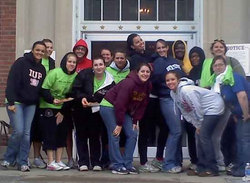

 I know what I think, but I’m more interested in what our faculty experts have to say about current issues.
I know what I think, but I’m more interested in what our faculty experts have to say about current issues.